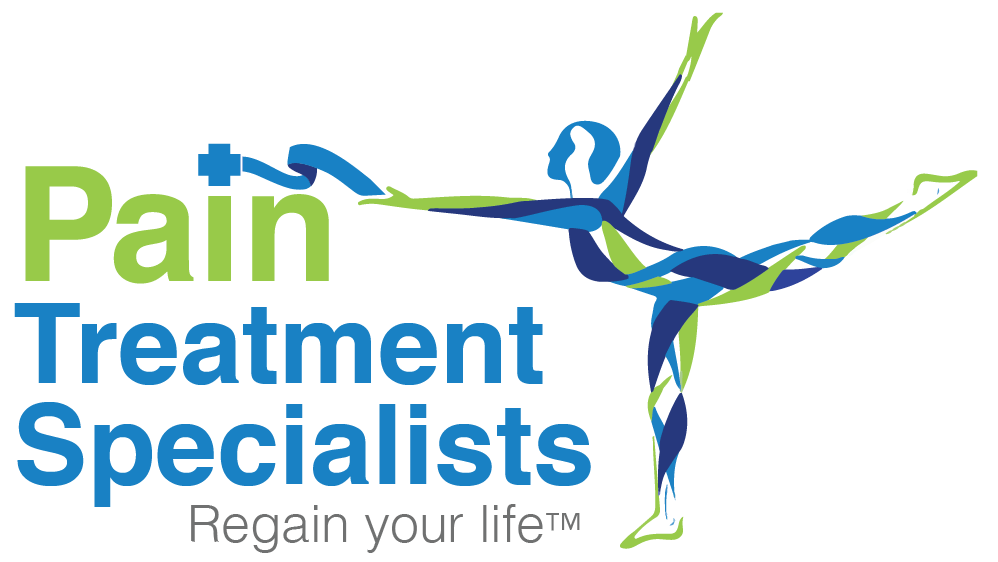The complexity of chronic pain conditions demands sophisticated and comprehensive treatment solutions. Dr. DiStefano and the team at Pain Management Specialists apply their in-depth knowledge along with a wide array of minimally invasive procedures and complementary alternative modalities to create fully personalized treatment plans for each patient. Most importantly, our team is committed to creating doctor/patient relationships that are based on full transparency, trust, and an ongoing partnership.
Endoscopic Microdiscectomy
There are a number of chronic pain conditions—degenerative disc disease, pinched nerves, sciatica—that occur when the discs between vertebrae either deteriorate or move out of their normal position and compress one or more nerves along the spine. An endoscopic microdiscectomy alleviates this pressure by removing the damaged portion of the herniated or bulging disc that is creating the problem. This procedure does not remove any bone or muscle, and does not compromise the stability of the spine.
Epidural Injections
This procedure helps to relieve pain in the back, legs, neck, and arms that is due to inflammation. After administering a local anesthetic, the doctor will inject a steroid, such as cortisone, into the epidural space of the spine to help reduce inflammation around the nerve roots.
Facet Injections and Radiofrequency Ablation (Rhizotomy)
The facet joints are located outside the spinal cord, close to the skin. They facilitate the bending of the spine, allowing a full range of motion. Arthritis in these joints (spondylosis) can result in pain, stiffness, and limited mobility. Spinal injections of a corticosteroid along with an analgesic numbing agent helps reduce arthritic swellings and can provide relief that lasts for a few days or a few years. If injection treatment is successful but does not offer persistent relief, radio frequency ablation (also called a rhizotomy) uses the heat from a laser to deaden the affected nerve endings so that they no longer send pain messages to the brain. The treatment is very focused, so it doesn’t affect surrounding muscles or nerves, so the procedure has a short recovery time.
Hip, Knee, Shoulder, Extremity Joint Injections
Used both to relieve pain and as a diagnostic test to determine if the pain actually originates in the joint, these localized injections combine a corticosteroid (such as triamcinolone, methylprednisolone, or dexamethasone) with an aesthetic numbing agent. The overall effect is reduced inflammation, which often results in reduced pain that can last from a few days to a few years.
PRP and Stem Cell Injections
These regenerative medicine procedures involve the use of either platelet-rich plasma (PRP) or bone marrow aspirate concentrate (BMAC) in localized injections. By using the patient’s own blood or stem cells, these therapies help to treat a range of musculoskeletal conditions including arthritis and a variety of tendon and ligament conditions.
Peripheral Nerve Blocks and Pulsed Radiofrequency
These procedures can provide pain relief in a variety of areas (back, neck, buttocks, and extremities – arms and legs) that stems from a variety of causes including arthritis, post-surgery pain, cancer-related pain, as well as headaches and other common issues. Nerve blocks involve delivering pain-relieving or anti-inflammatory drugs to a nerve or nerves using a needle and often a fluoroscope, ultrasound, or CT scan to guide the needle. The procedure helps to block the pain messages in the nerves from being sent to the brain, which interprets those messages as pain. A pulsed radiofrequency neurotomy achieves the goal of turning off a nerves ability to send signals by using the heat generated by radio waves. This procedure also uses an imaging scan-guided needle to deliver the radio waves to the specific nerves.
Vertebroplasty
Requiring only a local anesthetic and mild sedation, vertebroplasty helps to stabilize and strengthen compression fractures in the vertebral body using a specially formulated acrylic bone cement. The procedure uses a needle, which is guided by a fluoroscope, to deliver the cement and create an internal cast that stabilizes the bone.
Percutaneous Disc Decompression
Pain caused by a herniated disc can sometimes be relieved with a percutaneous disc decompression, sometimes called nucleoplasty. In this procedure, radio waves are sent through a micro-engineered alloy transmitter that is inserted while the patient is under light sedation and has a topical anesthetic. The radio waves break up the molecular bonds in the spongy nucleus of the disc, thus reducing the pressure within the disc and the pressure the disc applies to nerve roots or the spinal cord.
Discography
This diagnostic procedure is used to determine if the source of back pain is one or more of the vertebral discs. To ascertain whether this is the case, a needle—guided by x-ray—is inserted into each disc, and a sterile liquid is injected to pressurize each disc. If the injection reproduces the original pain, the result is considered positive.
Spinal Cord Stimulation
Using small, battery-powered transmitters, this procedure interrupts pain messages going from the nerves to the brain by delivering signals through electric leads implanted along the spinal cord. This procedure can help reduce or eliminate pain in the back, arms, and legs.
Additional Available Treatments
- Dorsal Root Ganglion Injections and Pulsed Radiofrequency
- Peripheral Nerve Stimulation
- Ketamine Infusions
- Sympathetic Blocks – procedures targeting pain from collections of nerves supplying the abdomen or pelvis.
- Botox Injections
We Treat the Whole Patient
To ensure the best possible outcomes for patients, the team at Pain Management Specialists complements their minimally invasive intervention procedures with a range of well-coordinated behavioral therapies and alternative modalities. These evidence-based practices and tactics support each patient’s healing and ongoing pain management by providing valuable opportunities for personal empowerment.
From meditation and yoga to specific diet and exercise guidance to the creation of social support networks and application of acupuncture and other Eastern medicine, Dr. DiStefano and her team use every strategy at their disposal to treat the whole patient in a way that best serves each individual’s lifestyle, preferences, and abilities.

